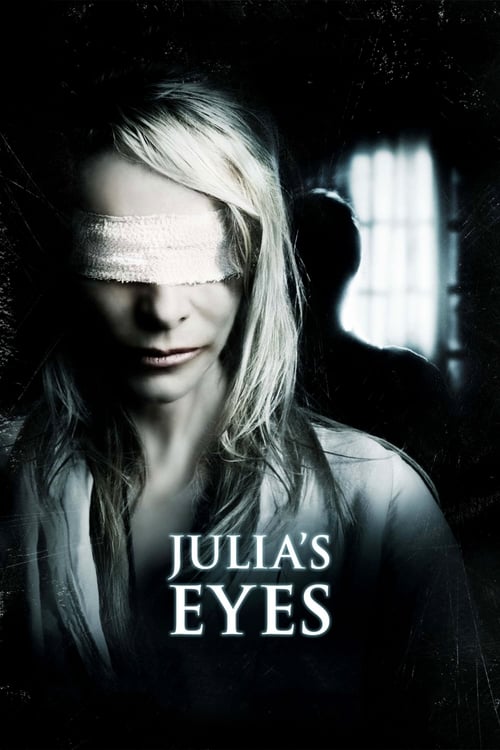
Ask Your Own Question
What is the plot?
The story of 2/11: Day of the Dead (2012) opens with a haunting, disorienting scene deep in the woods outside a small, isolated town. A young man stumbles out of the darkness, completely naked and drenched in blood, his body trembling and eyes wide with a mixture of terror and confusion. This man is soon identified as the brother of the local town marshal, setting the stage for a mystery that will unravel through chilling revelations and brutal confrontations.
The film's narrative unfolds largely as a campfire tale, told by the marshal and other townsfolk, weaving together the events leading to this young man's bloodied state. From the outset, the atmosphere is thick with dread and suspicion, the forest's shadows seeming to whisper secrets of violence and death.
As the story progresses, it becomes clear that the town is grappling with something far beyond a simple crime or tragedy. The young man's appearance is the first sign of a spreading horror--an outbreak or curse that transforms people into relentless, violent creatures. The local marshal, whose name is revealed as Marshal James Calloway, is driven by a desperate need to understand what has happened to his brother and to protect the remaining townspeople.
The narrative shifts between tense, claustrophobic moments in the town and harrowing scenes in the surrounding wilderness. The townsfolk are increasingly isolated, cut off from outside help, as the infection or curse spreads. The tension builds steadily as more residents succumb to the affliction, their deaths often gruesome and violent.
One pivotal scene occurs in the town's abandoned church, where a group of survivors, including Marshal Calloway, take refuge. Here, the emotional weight of the crisis is palpable. The survivors exchange fearful glances, their whispered conversations revealing the growing hopelessness. Calloway, burdened by guilt and rage, vows to find and stop the source of the outbreak.
Throughout the film, several key deaths mark the escalating horror. The marshal's brother, whose name is revealed as Daniel Calloway, is discovered to have been one of the first victims. His transformation into a violent creature is shown in flashback sequences: Daniel, once a calm and protective figure, becomes feral and attacks his own family before fleeing into the woods. His death is both tragic and symbolic, representing the collapse of familial bonds under the strain of the outbreak.
Another major death occurs when a group of townspeople attempt to escape by car, only to be ambushed by infected townsfolk. Among them is Sarah Mitchell, a schoolteacher who had been a voice of reason and hope. Her demise is sudden and brutal: she is dragged from the vehicle and torn apart, her screams echoing through the night. This moment underscores the relentless and indiscriminate nature of the threat.
The film reveals a critical plot twist when Marshal Calloway uncovers evidence that the outbreak was not natural but the result of a secretive experiment gone wrong. Documents found in the town's old laboratory indicate that a pharmaceutical company had been conducting illegal tests on a serum intended to cure terminal illnesses. Instead, the serum reanimates the dead and triggers violent behavior. This revelation deepens the tragedy, as the townspeople realize they are victims of human hubris and corporate greed.
The climax unfolds in the town hall, where Calloway and the remaining survivors make a last stand against the infected. The tension is palpable as the group fortifies the building, barricading doors and windows while preparing makeshift weapons. Calloway rallies the survivors with a grim speech: "We fight not just for ourselves, but for the memory of those we've lost. We end this here."
In a harrowing sequence, the infected breach the town hall's defenses. The survivors fight desperately, but one by one they fall. Key deaths in this scene include Deputy Mark Reynolds, who sacrifices himself to hold a door closed, and Emily Carter, a young nurse who is overwhelmed while tending to the wounded. Their deaths are marked by moments of bravery and despair, heightening the emotional stakes.
Marshal Calloway faces his brother Daniel in a final confrontation. Daniel, now fully transformed into a monstrous creature, lunges at Calloway with feral rage. Despite his horror, Calloway manages to subdue Daniel with a combination of gunfire and sheer willpower. As Daniel dies, a brief moment of recognition flickers in his eyes, a tragic reminder of the man he once was.
The film's ending is bleak but resolute. With the outbreak seemingly contained within the town, Calloway stands alone amidst the ruins, bloodied and exhausted. He looks out over the forest, the dawn breaking with an eerie stillness. The camera lingers on his face as he whispers, "This is only the beginning." The final shot fades to black, leaving the audience with a chilling sense of unresolved menace.
Throughout 2/11: Day of the Dead, the visual storytelling is stark and visceral. Scenes of blood-soaked woods, abandoned homes, and desperate survivors create a claustrophobic and oppressive atmosphere. Emotional moments--such as Calloway's anguished search for his brother and the survivors' fleeting camaraderie--are rendered with a raw intensity that grounds the horror in human experience.
Dialogue is sparse but impactful, with lines like "We're all infected now, in one way or another" capturing the film's themes of loss, fear, and the fragility of civilization. The interplay between characters reveals layers of distrust, sacrifice, and the struggle to maintain humanity in the face of overwhelming darkness.
In sum, 2/11: Day of the Dead is a grim, relentless tale of infection, family, and survival. It chronicles the descent of a small town into chaos, the unraveling of secrets behind a deadly outbreak, and the tragic costs paid by those caught in its wake. The detailed deaths, confrontations, and revelations weave together into a narrative that is both a horror story and a meditation on human frailty.
More Movies Like This
Browse All Movies →What is the ending?
In the movie "2/11: Day of the Dead," the ending reveals a climactic confrontation between the living and the undead. The main characters face their fears and the consequences of their actions, leading to a resolution that highlights themes of sacrifice and redemption. The fate of each character is sealed in a moment of intense emotional struggle.
As the film progresses towards its conclusion, the characters find themselves in a desperate situation. The undead have risen, and the group must confront not only the physical threat but also their own inner demons. The protagonist, a young woman named Anna, emerges as a leader, rallying her friends to fight against the encroaching darkness.
In the final scenes, Anna and her friends make a stand against the undead. They are cornered in a dilapidated building, the atmosphere thick with tension and fear. The undead, grotesque and relentless, press in on them, and the group realizes that they must make a choice: to fight or to flee.
Anna, driven by a fierce determination to protect her friends, takes charge. She devises a plan to distract the undead while her friends escape. In a heart-pounding sequence, she faces the undead head-on, showcasing her bravery and selflessness. As she fights, the emotional weight of her actions becomes clear; she is not just battling for her life but for the lives of those she loves.
Meanwhile, her friends, witnessing her courage, are inspired to join the fight. They rally together, using whatever weapons they can find, and engage in a desperate struggle against the undead. The scene is chaotic, filled with the sounds of battle, the cries of the undead, and the determination of the living.
As the fight reaches its peak, Anna is ultimately overwhelmed by the sheer number of undead. In a moment of sacrifice, she makes a final stand, allowing her friends to escape. Her fate is sealed as she is consumed by the horde, but her bravery ignites a fire within her friends, who manage to flee the building.
The film concludes with Anna's friends escaping into the night, carrying the weight of her sacrifice with them. They are left to grapple with their loss, but also with a newfound strength and resolve. The final shot lingers on the empty building, a haunting reminder of the battle that took place and the cost of survival.
In summary, the ending of "2/11: Day of the Dead" encapsulates the themes of sacrifice, courage, and the enduring bond of friendship, as the characters confront their fears and the reality of their situation, ultimately shaping their destinies in the face of overwhelming odds.
Is there a post-credit scene?
In the movie "2/11: Day of the Dead," there is no post-credit scene. The film concludes without any additional scenes or content after the credits roll. The story wraps up with the main narrative, focusing on the themes of survival and the impact of the Day of the Dead on the characters' lives, leaving the audience with a sense of closure regarding the events that transpired throughout the film.
What is the significance of the Day of the Dead in the movie?
The Day of the Dead serves as a backdrop for the film, symbolizing the connection between the living and the dead. It highlights the cultural practices of honoring deceased loved ones, which intertwines with the characters' personal struggles and motivations throughout the story.
How does the character of Ana evolve throughout the film?
Ana begins as a grieving daughter, struggling with the loss of her mother. As the story progresses, she transforms into a more resilient figure, driven by the desire to honor her mother's memory and confront the challenges posed by the supernatural elements surrounding the Day of the Dead.
What role does the character of the spirit guide play in the narrative?
The spirit guide acts as a mentor to Ana, providing her with wisdom and guidance as she navigates the challenges of the Day of the Dead. This character embodies the cultural beliefs surrounding the afterlife and helps Ana understand her connection to her heritage and the importance of her journey.
How do the supernatural elements affect the characters' relationships?
The supernatural elements create tension and conflict among the characters, forcing them to confront their fears and unresolved issues. As they encounter spirits and manifestations from the past, their relationships are tested, leading to moments of revelation and growth.
What is the significance of the family altar in the film?
The family altar serves as a central symbol of remembrance and connection to the deceased. It represents the characters' attempts to reconcile their pasts and honor their loved ones, playing a crucial role in the emotional arcs of the characters as they navigate their grief and seek closure.
Is this family friendly?
"2/11: Day of the Dead" is not considered family-friendly due to its themes and content. The film includes several potentially objectionable or upsetting aspects, such as:
-
Violence and Gore: The movie features scenes of violence that may be graphic and unsettling, including depictions of death and the aftermath of violent encounters.
-
Supernatural Elements: The presence of zombies and other horror elements may be frightening for younger viewers or those sensitive to horror themes.
-
Emotional Distress: Characters experience significant emotional turmoil, including grief and fear, which may be intense for children or sensitive audiences.
-
Dark Themes: The film explores themes of death, loss, and the afterlife, which may be too heavy for younger viewers.
-
Language: There may be instances of strong language that could be inappropriate for children.
Overall, the film's content is more suited for mature audiences due to its horror elements and emotional weight.











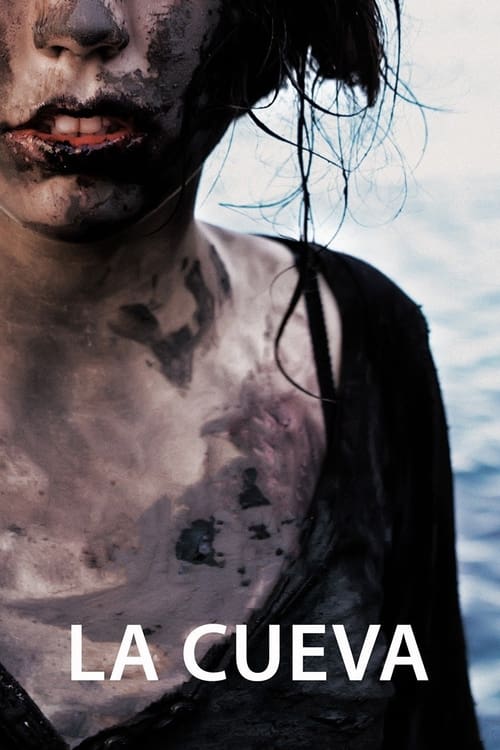
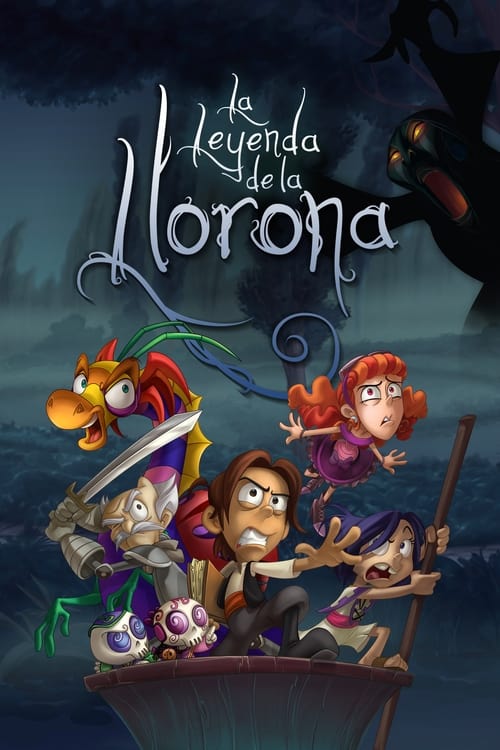
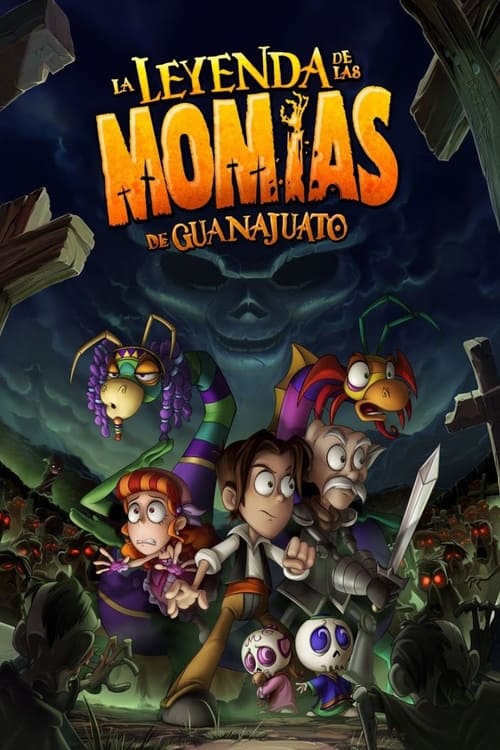
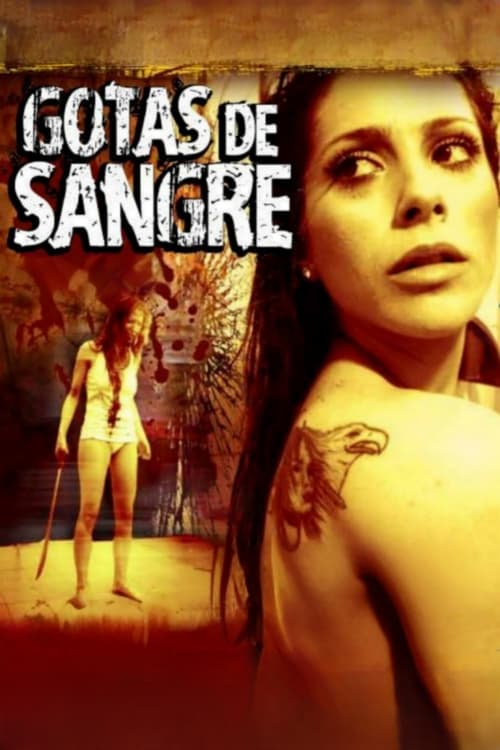
![[REC]³ Genesis (2012) poster](https://image.tmdb.org/t/p/w500/tI1534q0Up7PBcLdXdFerLmIXn3.jpg)
